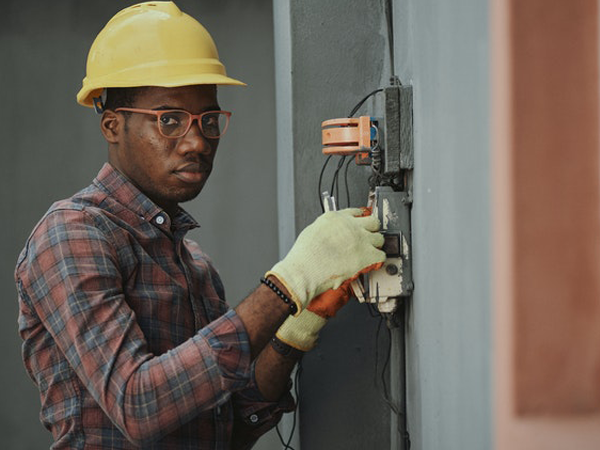I had a candidate come in for his 2392 the other week and when I advised him to test his continuity using the Method 2 (wander lead or R2 method) for his assessment to save time, he said that as he had been shown the R1+R2 test method, that was the method he would use.
I had a candidate come in for his 2392 the other week and when I advised him to test his continuity using the Method 2 (wander lead or R2 method) for his assessment to save time, he said that as he had been shown the R1+R2 test method, that was the method he would use.
Interestingly after he had taken the full allotted time for this assessment, he announced that for his 2394 and 2395 assessments he would be using the R2 method!
The IET GN3 gives both methods as valid continuity tests and only favours the Method 1 because in a real-life scenario a wander lead could be inconvenient or worse a trip hazard.
The assessment boards can be covered by the length of the test leads so no wander lead is required so all the terminations can be reached with just the already nulled meter leads. This means that you can test end-to-end on R1, end-to-end on R2 and add them together for an R1+R2 result, and you’ve not disconnected a thing! You will of course have validated your results with a reading of Rn as well.
Of course, the Ring Final Circuit will have to have a proper 3 step set of tests.
There is nothing in the C&G assessment guidance that says you have to use the R1+R2 method (Method 1), just that a suitable method is used that garners valid results. I have consulted other assessors on this matter and they agree.
My advice to candidates is if you are not testing a Ring Final Circuit and you have a screwdriver in your hand, ask yourself why as you are about waste more time that you haven’t got.
Advice and tips to candidates of the 2394 and 2395 practical assessment
This week I thought a quick word to those about to take the practical assessment part of their 2394 or 2395 inspection and testing course.
Most candidates know what they have to do or at least what they have to do for Task D of the 2394 and Task B of the 2395 (the big test rigs), but are unclear what is expected of them by way of performance.
This is not an easy answer, but I’ll try to explain.
Just to reassure you, the assessor is not there to fail you. He is merely there to judge your performance and ensure that you are safe and have the best opportunity to do a good job in a relaxed atmosphere. There is no point in the assessor running the assessment such that the candidate is nervous. So other than at the points in the assessment where power is turned off or on, he’s unlikely to be standing behind you breathing down your neck. In fact, you should barely be aware of him unless he asks you a question or you need to ask him something.
First and foremost is that you must demonstrate a safe approach to testing at all times. Of course, you will for the most part be working on a dead board so safety during dead testing is virtually a given. Really there are only 2 safety pinch points.
During the initial isolation of the board
Energising the board for the first time
Any safety infraction here will lead to your assessment being halted and will result in a ‘referral’ on your assessment sheet.

